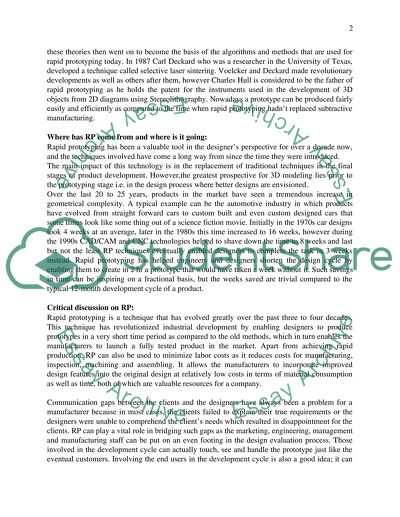Cite this document
(“Critical discussion on rapid prototyping in the designprocess Essay”, n.d.)
Retrieved from https://studentshare.org/environmental-studies/1410240-critical-discussion-on-rapid-prototyping-in-the
Retrieved from https://studentshare.org/environmental-studies/1410240-critical-discussion-on-rapid-prototyping-in-the
(Critical Discussion on Rapid Prototyping in the Designprocess Essay)
https://studentshare.org/environmental-studies/1410240-critical-discussion-on-rapid-prototyping-in-the.
https://studentshare.org/environmental-studies/1410240-critical-discussion-on-rapid-prototyping-in-the.
“Critical Discussion on Rapid Prototyping in the Designprocess Essay”, n.d. https://studentshare.org/environmental-studies/1410240-critical-discussion-on-rapid-prototyping-in-the.


